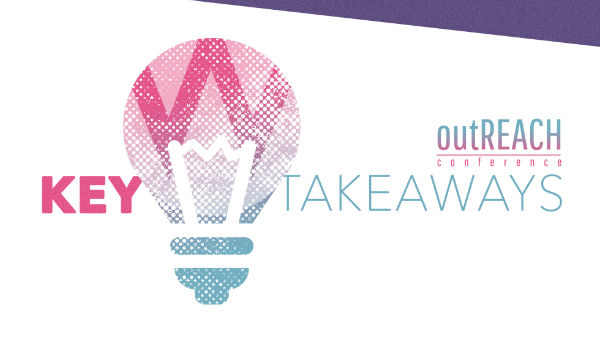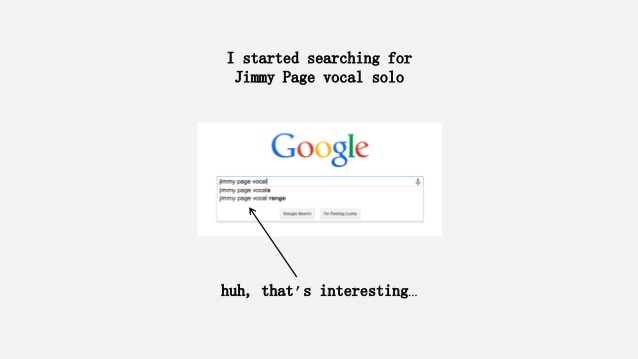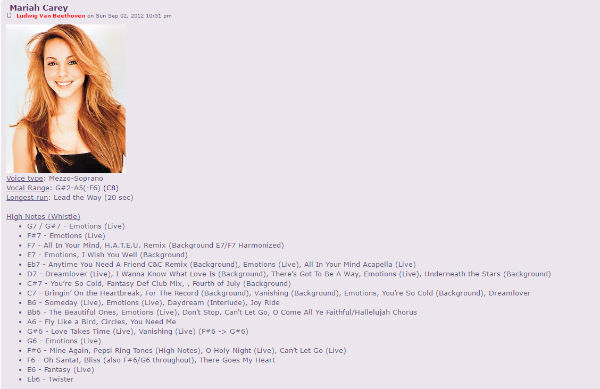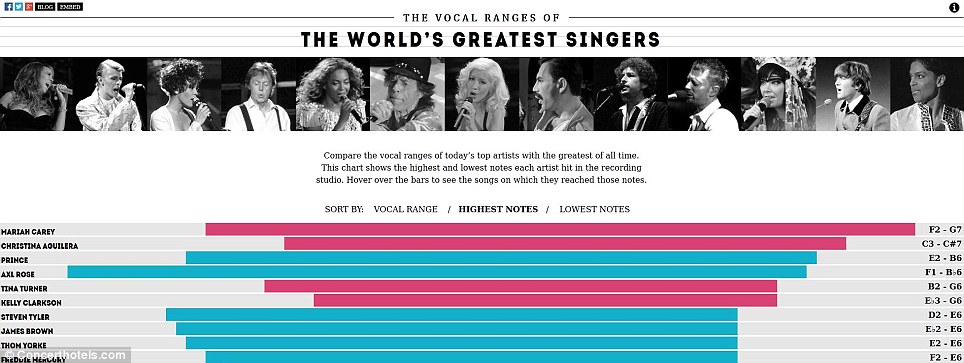By Dan Smullen on 26 Jun 2017

I went along to the inaugural outREACH Conference, organised by Verve Search. This one-day conference was completely dedicated to outreach and link-building. If you didn’t make it, you missed some great, industry leading, insights. If you did miss out, don’t worry - I’ve got a roundup of the most important takeaways from the day.
How to get inspired for better ideation
Mark Johnston kicked off the event with the first talk, the man responsible for creating one of my favourite data visualisations of all time: 100 years of rock. He’s no one-hit-wonder either and has created content that received over 20 million visits, 1.4 million likes and 14,000 links. In order to stand out from the 80 million posts that are created each month, Mark focused on how to find inspiration and how to generate ideas that stand out from the crowd, which ultimately leads to links and mentions from top-tier publications.
Instead of getting buried in emails and thinking this is being productive, Mark recommends coming up with better ideas and that spending time wandering on the internet can actually be more productive that you may think. For example, one of Mark’s viral pieces on the vocal ranges of the world's greatest singers came from wandering through the internet:

Mark simply started by typing ‘Jimmy page vocal’ intending to look for ‘Jimmy page vocal solo’ but while typing he noticed Google's autosuggest returning ‘Jimmy page vocal range’. Mark couldn't resist clicking to go deeper to see what was it returned. What he ended up with was a forum called The Range Place, a forum where music fans collected data on the musicians’ ranges:

The site has some decent content, but to the non-musically trained, this data could be communicated better. Apart from the high-quality portrait of Mariah Carey, it could definitely be more visually appealing. This is exactly what he did. He created this piece of content which generated over 2,800 links.

Mark’s key takeaway was to spend time wandering the internet, have a look at the data out there. Ask yourself how is it represented and how could it be communicated better in the simplest way possible for interesting and topical answers?
To help us get inspired on how data can be visualised, he recommended the likes of Flowing Data, Chart Porn and Visualising Data.
Innovation doesn't have to be complicated
Next up was James Finlayson from Verve Search who pointed out a very interesting finding: there are more searches on Google for link removal than link building. I found this to be both surprising and interesting. We know that links still remain one of the greatest signals to Google of a website's popularity and a massive contributor to why one website ranks over another. But the fact that there are now more searches for link removal than link building signifies and understanding of the importance investing in a good link building campaign. This confirms our approach to link building in Wolfgang is the right one and that being tempted to the dark side of fivver or investing in link farms is never a good strategy.
My key takeaway from this talk is that innovation does not have to be complicated. Instead of being deflated by Brian Dean’s Skyscraper Technique and trying to outdo and innovate on the best piece of content ever created in your niche, James recommends using the likes of Buzzsumo to find out what nearly worked for a chosen topic and how it could be made better.
If that fails, using databases in your niche to find interesting statistics and correlations that can be better visualised to compliment Mark’s advice above.
Check out the Cool Data Sets to get you started.
How not to pitch a Journalist
Willard Foxton has been a journalist for over 13 years and worked in some of the biggest publications, including the Daily Telegraph and the BBC. Foxton gave insights into how not to pitch a journalist. This was by far the most insightful talks of the conference.
According to Foxton, the average journalist is expected to churn out more than 16 stories a day.
.gif)
As a result, journalists have a massive appetite for stories, but these stories need to be relevant to what they write about. What he can’t understand is that most PR and SEO professionals are well-educated individuals, but still can’t to do some simple research and find out what the journalist writes about. For example having written about technology his entire career, why would a PR think he might be interested in a new set of beauty products?
His key piece of advice was to carry out some basic research into what a journalist writes about and don’t always rely on software. Foxton also highlighted that the average journalist receives over 200 emails a day, so being concise and relevant is extremely important to grab a journalist’s attention. If you spend time crafting your pitch, you should also spend time crafting your follow up.
Despite the burning question, everyone had on the tip of their tongue and before anyone at the conference even asked it, Foxton confirmed that there is no winning subject line or pitch template. If the pitch is relevant and matches what they write about, you will have success. The key is to sell a story and never use the word “content” when pitching as “no journalist gets into the profession to produce content, they get into it to produce great stories.”
However, if you are going to strive for a good subject line of a pitch, try to summarise the story in fewer characters than you would use in a tweet. Ideally, your subject should be less than 10 words.
Foxton reinforced that credibility is crucial and spamming journalists with irrelevant press release distributions will only get you blacklisted. The key is to build up credibility with your story as well as well as accurate data. Being unreliable with your sources will get you blacklisted.
Some other great tips included:
- Maintain relationships with key journalists
- Take them out for lunch to build a rapport
- Avoid attaching big files or images to your emails
- Avoid images in your signature as security systems may block them
Finally, Foxton advised that the best time to send your pitch is between 8.45am and 9.30am. This is when journalists are planning their day and never interrupt a journalist in the middle of an election.


.png)
.png)







_2025.png)

